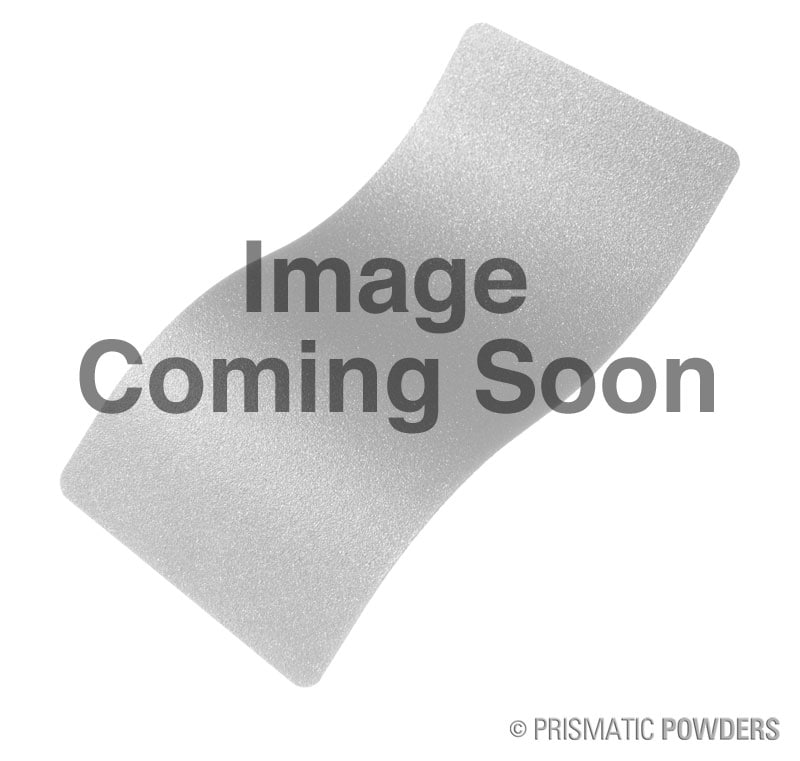Video Transcript:
Everyone, it's Kirk from Prismatic Powders. In today's tech tip, we're going to cover Illusion/Dormant Malbec and the proper application of Illusion/Dormant Malbec because if you do it improperly, you end up with this kind of purple color. But the correct way to do it, when done properly, you should get a nice deep red wine color; from once the name came, Malbec.
So now of course we want to make sure the substrate is clean, but the next thing you want to do is make sure that you're applying the powder as evenly as possible, and really you want to be targeting a sufficient mil thickness of at least 2 mils. Now you could go 3.54, that's gonna be ok, but you will really want to make sure you hit 2 mils at least. Ok, so we have the Illusion/Dormant Malbec laid down here and as you can see this is very purple looking, you don't need to be alarmed, this is normal and actually, if you see it in the bag it looks very purple too. Step out of frame there, you can see, you've got some purple and some kind of magenta colors, that's all normal, these are pigments in this color.
Now what we're gonna do is throw it in the oven, we're gonna wait for it to flow out, that's just melting. This is where people get confused, a lot of times they think they've got to get it up to 400 degrees and then go two minutes. No, we're just going to watch, it's not going to take very long because this is a thin piece, as soon as it melts, 2 minutes after that, we're pulling it out.
Okay so we've pulled this out, this took all of about probably four or five minutes in the oven it really didn't take long to melt out. Then we gave it an extra two minutes and as you can see everything smoothed out and has a tiny bit of sheen to it but the color didn't change all that much it's still very purple-looking. So now what we're gonna do is we're gonna put the clear on top of it, put it back into the oven. We're just gonna flash the clear, and look at it, and see what it looks like.
Okay, so make sure when you're laying the clear on that you lower the voltage on your spray gun. Because this is gonna prevent overcharge issues. Make sure you'd do that before you spray the powder and again we're targeting about two mils thickness on the clear and that's really about all that we need. You want to see the base coat of purple completely disappear before you stop coating. If you see any purple left it needs a little more.
Now, remember when you do the topcoat you're gonna follow the cure instructions for the topcoat that you're using. You're not following those curing instructions for the Illusion/Dormant Malbec. Those curing instructions are if you're going to cure the Illusion/Dormant Malbec and not use a topcoat at all, which some people want to do. That's the only reason why we put them in there. So we're using Clear Vision, that calls for a flow out at three hundred ninety degrees so we dropped our oven temperatures to three ninety. As soon as it flows we're then going to drop the oven temperature down to three hundred fifty-five degrees. Once the part reaches three hundred fifty-five degrees then we start an eighteen-minute curing timer.
Okay, so we've got our part done here, it was actually pretty simple, we didn't have any dramas at all. Like I said, we were definitely targeting at least two mils per coat and we were getting our cure times nailed down. So let's just see what our mill thickness is at, get that turned on, yeah, so we're about six. So I mean that could be three mils per coat, it could be the base coat was four, the topcoat was two... but right around there is ballpark where you need to be. I'd say if you're under four mils cumulative, between the two coats, you're too thin. But the main thing here, really, I think is people not getting their cure times correctly. When that happens, that's when you start getting the purple color because it doesn't have time to pull the reds out. The purple's release first, then the reds.
So the main takeaway here is that you follow and understand the application guide, especially the curing guidelines; I think that's where most people get it wrong. I keep saying that, but I really do think that is the major issue when people get a Malbec color that looks purple. If you do that and combine that with the other tech tips that I put in this video, hopefully, you guys will be able to nail it down.



